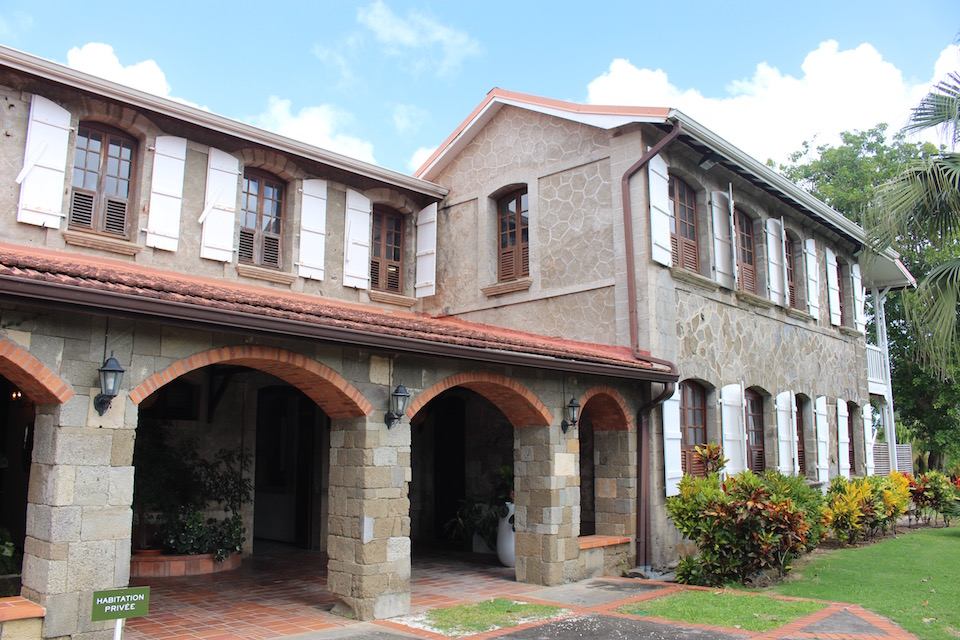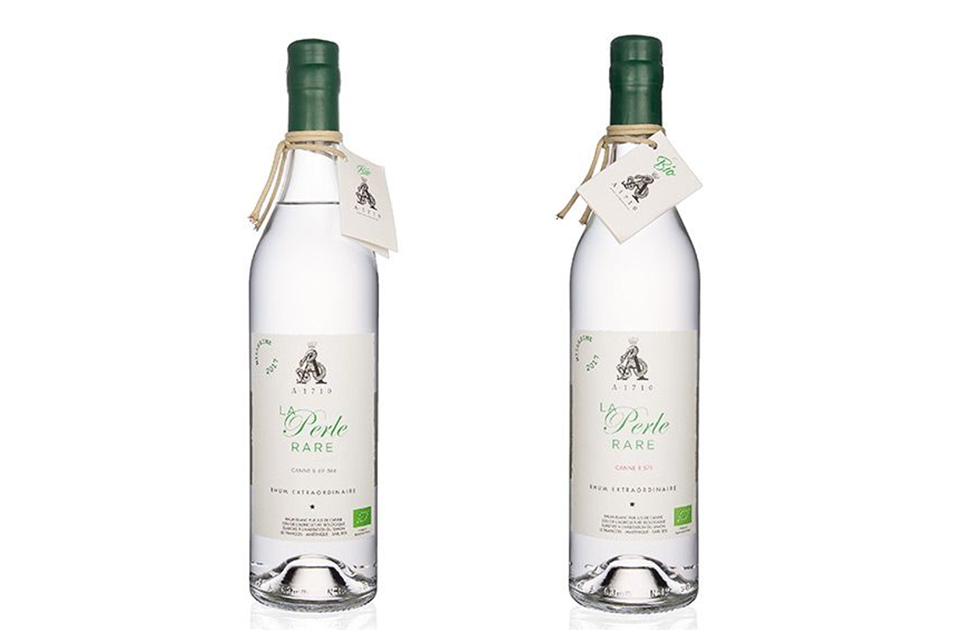By Alexander Britell
Can a rum have a terroir?
In Martinique, unlike the vast majority of rum-making regions around the world, rhum is made from the juice pressed from sugarcane stalks, not molasses, the latter of which is a by-product.
In the wine world, the terroir — that set of environmental factors from soil to climate to topography — impacts the grapes. In Martinique, the terroir impacts the cane. In both cases, the raw material matters.
What that means is that the kind of sugar cane, the quality of the sugar cane, the quality of the soil, the conditions of the estate, all play a role in the taste of the rhum.
The terroir is even more apparent in Martinique’s white rhums, whose raw, unaged flavors tell you so much about where they come from.
It’s something you can taste – raw, often vegetal, robust, sometimes floral, sometimes sweet, always loyal to their roots.
But what Martinique’s newest rhum distillery, A1710 at Habitation Simon in Le Francois, has recently done is something particularly special.

The Habitation du Simon in Martinique.
Last year, A1710 debuted its flagship La Perle white rum.
A1710 mastermind Yves Assier de Pompignan did an experiment: he grew two varieties of sugarcane: a “red” sugarcane variety called R579 and a “blue” sugarcane variety called B69-566, all on the same organic sugarcane plot. (The organic certification isn’t a bumper sticker – it illuminates a process that involves everything from hand-harvested cane to fertilizer from the plantation’s mules.)
He then produced two rhums in precisely the same fashion from harvesting to distillation, with only one differentiating factor: the sugarcane itself.
And the results were dramatic.
What’s remarkable is that the two rums are so strikingly different: the red muted but floral, with an aroma marked by tomato and earth, the blue fresh, bold and exotic, with notes of fennel and pure cane, a seriously robust expression.
The Blue is particularly exceptional. The expression is so pure, so faithful, that one almost experiences the feeling of chewing sugar cane stalks and extracting the juice.
Perhaps no rum I’ve tried better exemplifies that process from cane to rhum as this, showing so clearly why the rhums of Martinique are so unique and wonderful.
Because in Martinique, rhum is a gateway to the land, a portal to the cane fields that wave along so many roads on this island.
Because here, rhum is about the raw material, about where it’s grown, about the journey.
Here, rhum has a terroir — and rhum has an integral ingredient: Martinique itself.
La Perle Rare B69-566
Rum Journal Rating: 95 Points
La Perle Rare R579
Rum Journal Rating: 93 Points
